There’s a line of thinking among certain comic-book aficionados that the era of great comic-book movies didn’t blossom until 2005’s Batman Begins, in which Christopher Nolan took the pulp superhero created by Bob Kane and Bill Finger in the early 1940s and expanded on his brooding, gloomy nature for the modern age. With the two movies that followed—The Dark Knight (2008) and The Dark Knight Rises (2012)—Nolan further embroidered the legend of the chronically depressed, pointy-eared one, though in all three movies, the seriousness he lavished on the character was the most facile kind. Tim Burton’s earlier Batman movies may have seemed lighter on the surface, but they were more deeply infused with sadness, of an almost unnamable kind. (And never mind that Nolan borrowed more than a few pages from comic book writer—or, if you prefer, graphic novelist—Frank Miller, who was the first to refer to Batman as The Dark Knight, and who had already explored the superhero’s darker side in a beautifully executed DC comic-book series of the late 1980s.)
Thanks in part to the success of Nolan’s Batman trilogy, and of subsequent movies adapted from the DC and Marvel universes, comic-book movies have practically become the backbone of the Hollywood movie industry. One after another, they’ll be barreling toward us for years to come. But comic-book movies were hardly invented in 2005. There’s a long history, stretching back to the 1930s, of movie serials and TV shows based on comic-book or comic-strip characters, and you might say that the tadpole version of the modern comic-book movie really appeared sometime in the 1960s, coinciding with the mainstream acceptance of pop art. There are marvelous comic-book movies from the 1970s, ’80s and ’90s that few people think about anymore, and more recent examples that have either been unjustly underappreciated or that just don’t fit the DC/Marvel mold.
As a way of goosing the conversation about what comic book movies can and can’t be—or should or shouldn’t be—here are 10 underrated comic book films you should watch. I’ll admit that a few are idiosyncratic, pictures that may not be perfect but that somehow capture the disreputable thrills of the now-vanished era of comic books—that is, the days when comic books, in spite of their adventurous spirit and bounteous creativity, were a kind of outsider art frowned upon by the mainstream, as opposed to a multi-billion-dollar salmon farm for movies that cater to it.
Hellboy (2004) and Hellboy II: The Golden Army (2008)
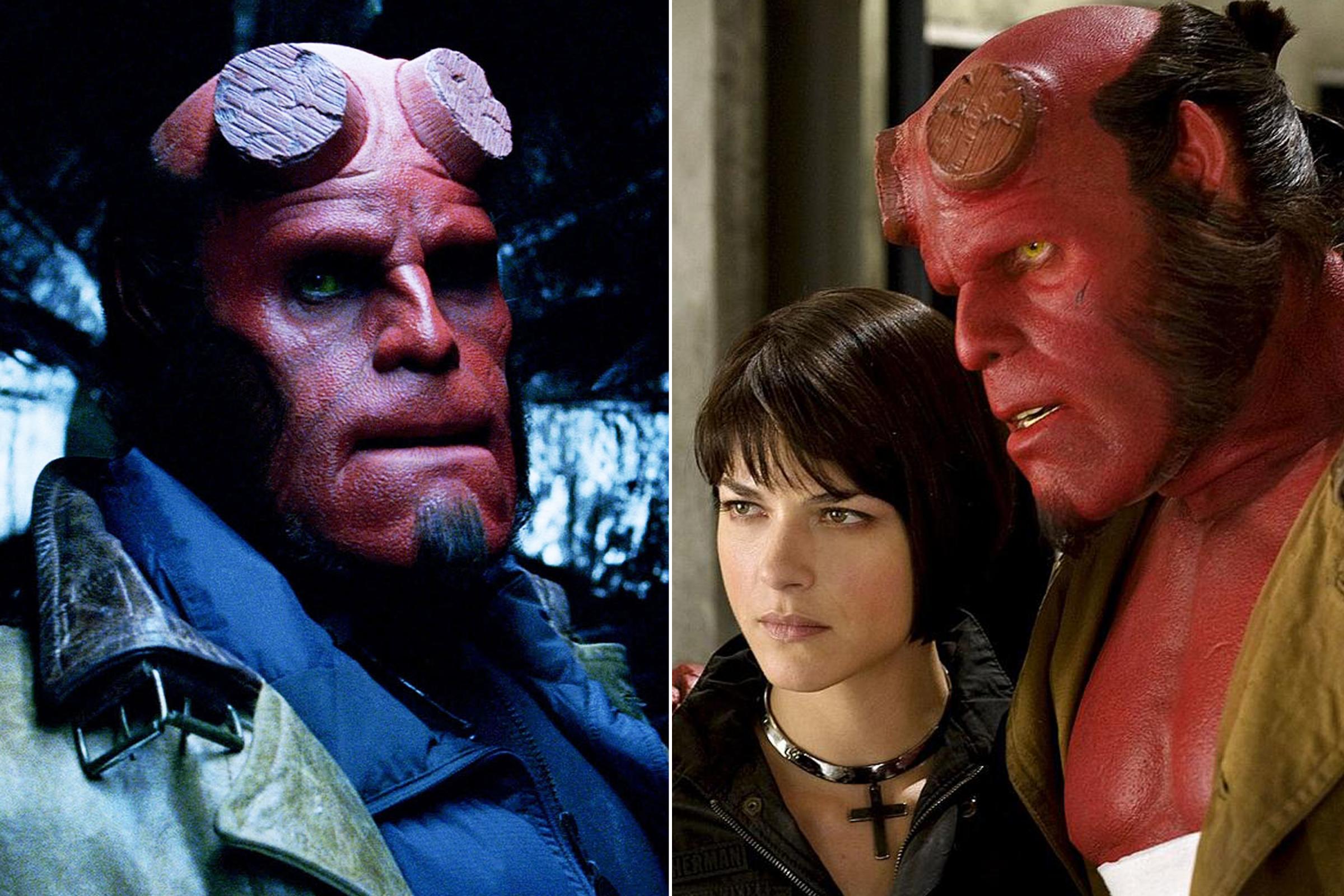
Yes, it’s cheating to squeeze two movies into one entry, but these two pictures from Guillermo del Toro, based on Mike Mignola’s Dark Horse series, stand solidly as an example of how wild, imaginative and beautiful comic-book movies can be. Ron Perlman stars as a strapping demon with red skin and a right hand and forearm that resembles a block of concrete, a misfit who fights evil wherever it rears its ugly head. He also loves kittens—they swarm and clamber over him, trampling him with their dainty feet, whenever he’s relaxing at home. Like most stories adapted from comic books, the two Hellboy movies have a deeply moral underpinning, but del Toro never preaches at us: If anything, he proves that stylish inventiveness can be its own kind of spirituality.
Superman II (1980)

Laugh, if you will, at the rudimentary—though also openly tongue-in-cheek—special effects of Superman II: That’s how they had to do things in the old days, and I’d argue that it often made filmmakers more innovative rather than less. But no matter what, be sure to open yourself to the pure beauty of this sweet and slightly crazy film, a sequel that is, a la The Empire Strikes Back, an improvement on its predecessor. (Richard Donner, director of the 1978 Superman, had been assigned to this film was well, but was taken off the project and replaced by Richard Lester. He later released his own DVD cut of the picture.) In Superman II, Margot Kidder’s Lois Lane intuits that Christopher Reeve’s Clark Kent is also Superman. Once the cat is out of the bag, Superman is free to do moonstruck romantic stuff, like flying to the rainforest to pick a bouquet of birds of paradise just for her. Reeve, as unreally gorgeous as the most perfectly inked comic-book panel, is funny and swoon-worthy in equal measures.
Rocketeer(1991)
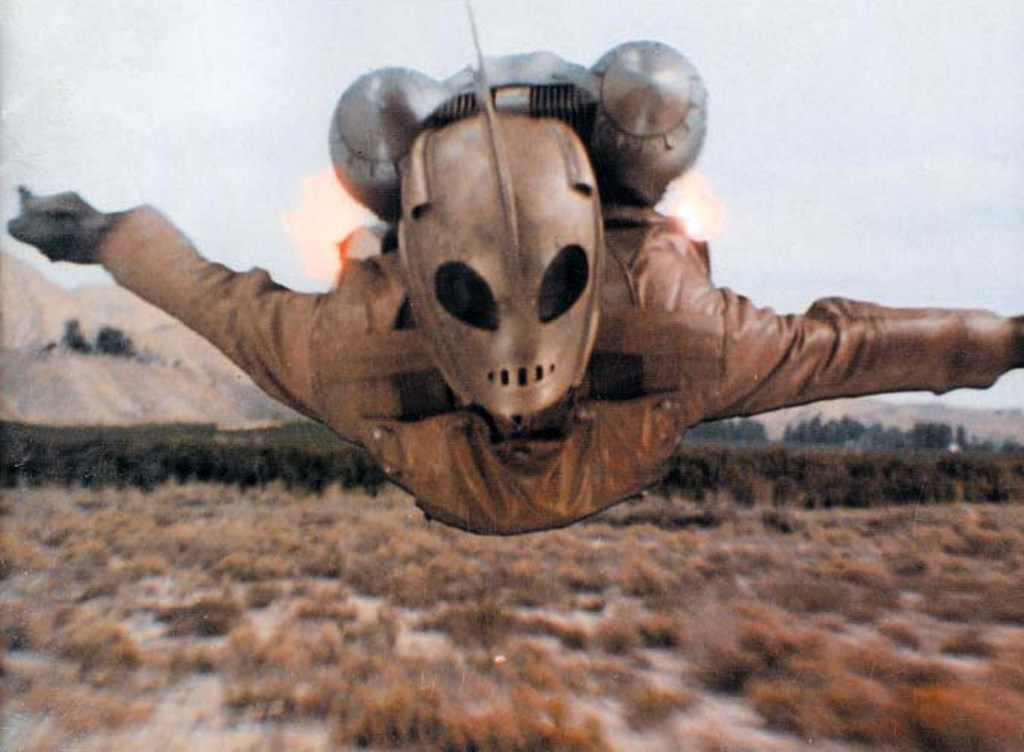
Director Joe Johnston directed this adaptation of the late Dave Stevens’ beautifully illustrated comic-book series about a daredevil pilot who finds a jetpack that allows him to fly, sans plane. Billy Campbell, adorably all-American, plays the title character; Jennifer Connelly is his fiery-sweet girlfriend, Jenny. The movie, like the comic, is a deeply affectionate homage to superhero movie serials of the ’30s and ’40s, and its superb production design brings to life some of Stevens’ most imaginative touches—chief among them a greasy-spoon joint called The Bulldog Café that is shaped, in that glorious, old-time Los Angeles way, like an actual bulldog. (Stevens had modeled it after a real-life Los Angeles landmark built in the 1920s and demolished sometime in the ’60s.) Walt Disney Pictures recently announced that there’s a Rocketeer sequel-reboot in the works, possibly featuring a woman of color in the leading role. Let’s hope.
American Splendor (2003)
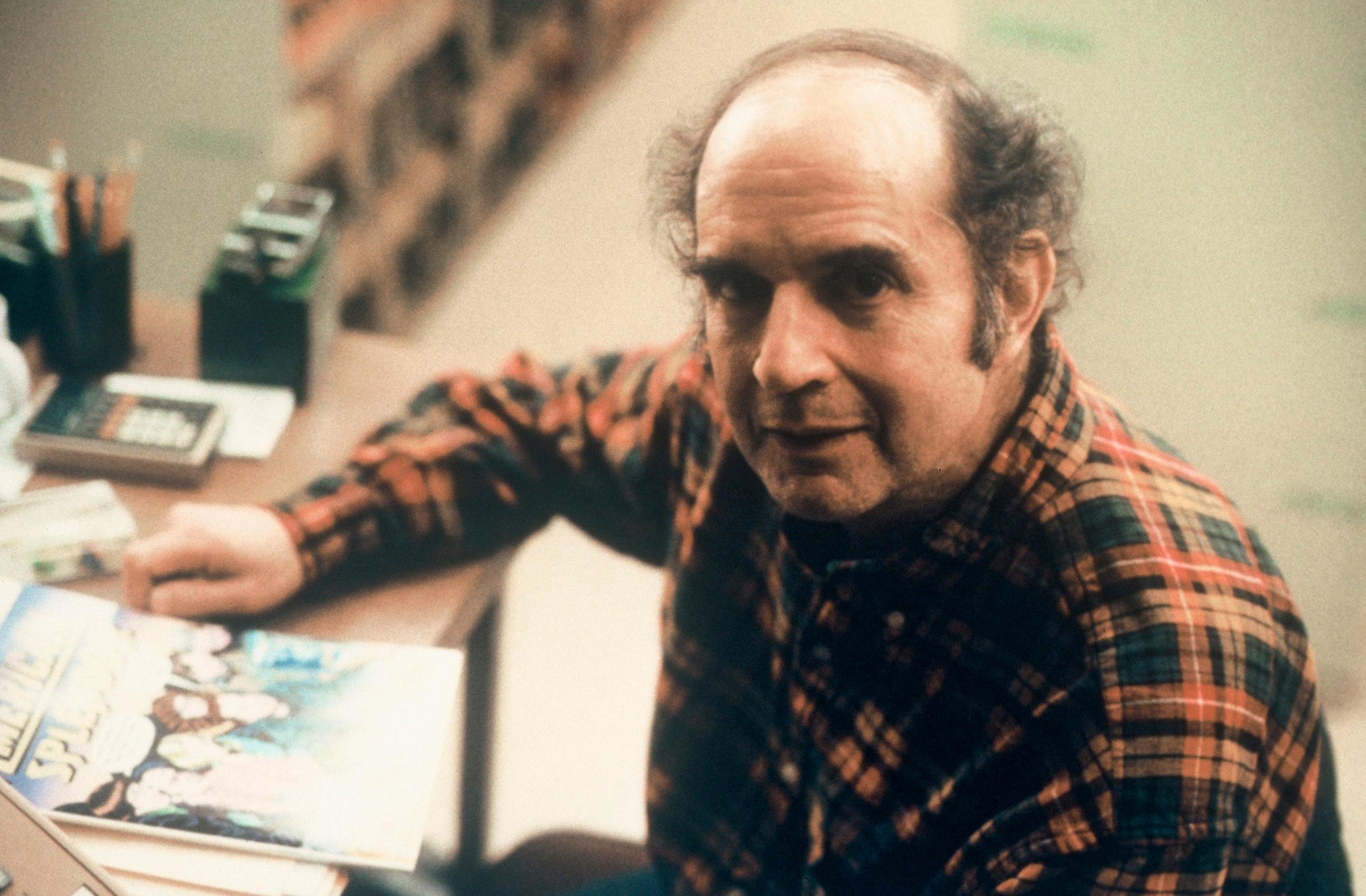
Few people think of Shari Springer Berman and Robert Pulcini’s American Splendor as a true comic-book movie, though it’s based largely on the autobiographical series written by cult comic-book writer Harvey Pekar. American Splendor is a dazzling three-way cross between a comic-book movie, a documentary, and a perceptive, informative biopic. Marital breakups, cancer, neuroses that at times are almost crippling: Big heartbreaks, as well as everyday ones, were the stuff of Pekar’s work (he died in 2010), and they form the movie’s foundation too. Paul Giamatti captures Pekar’s grumpy humanity beautifully.
Persepolis (2007)
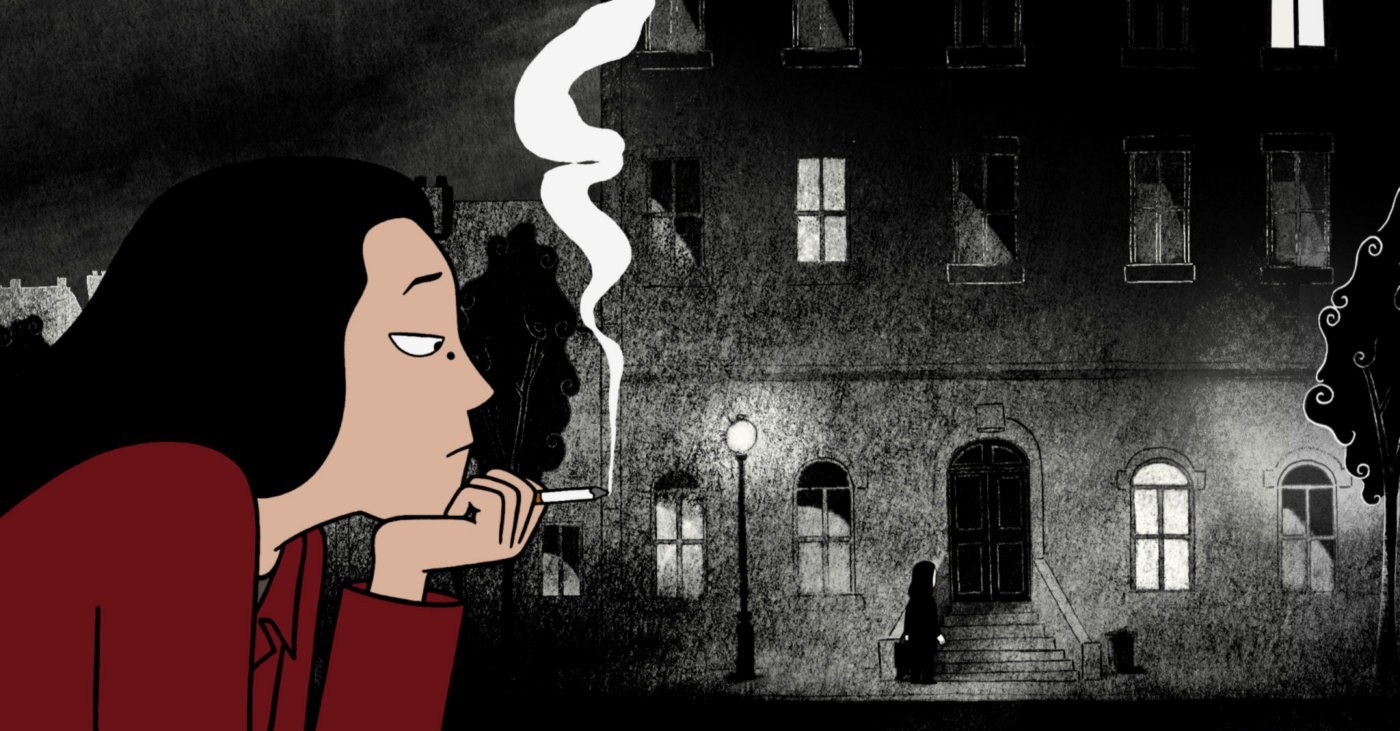
Co-directed by Vincent Paronnaud and Marjane Satrapi, this gorgeously animated picture is based on Satrapi’s two stunning graphic memoirs, Persepolis: The Story of a Childhood and Persepolis 2: The Story of a Return, recounting Satrapi’s childhood and young adulthood first in pre-revolutionary Iran and then under the repressive fundamentalist regime. It also tells the story of how Satrapi later left, then returned to, Iran, only to recognize that it’s possible to love your homeland but also to find yourself unable to live in it. This is a delicately powerful film, funny in all the right places, but wrenching too—a marvelous example of how a story originally told in comic-book panels can become even more vivid on-screen.
Sin City (2005)
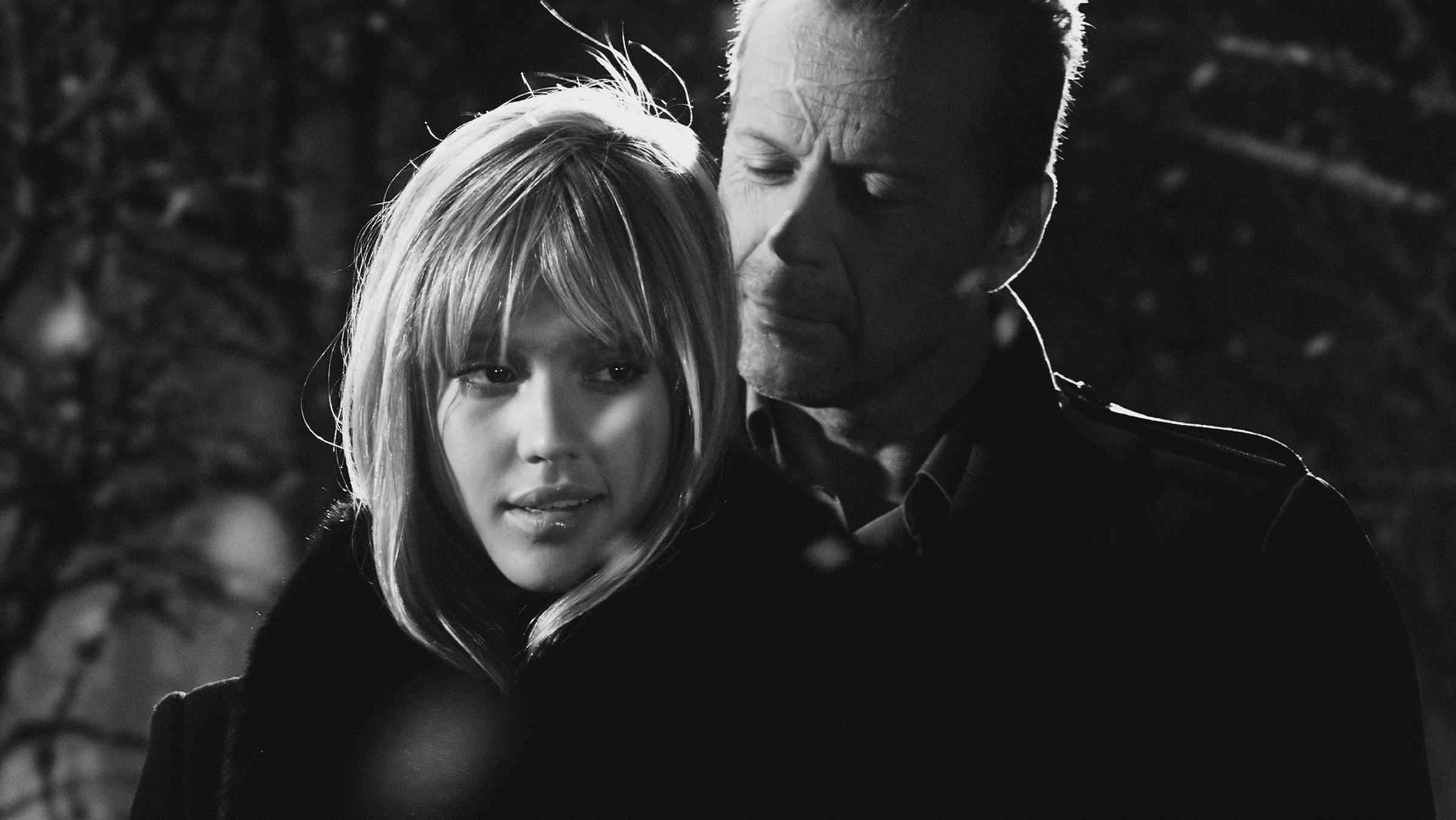
Does this Frank Miller adaptation, co-directed by Robert Rodriguez and Frank Miller, genuinely qualify as underappreciated? That’s hard to say. But in the landscape of comic book movies that try oh-so-hard to be dark, this one qualifies, in a way that’s grimly funny. Like the pulpy Miller creations it’s based on, Sin City is tawdry, exciting, and sick as hell: Bruce Willis plays an aging cop, motivated to do what’s right no matter what, only to find that no good deed goes unpunished. Mickey Rourke is Marv, a hulking, square-jawed loner who sets out to avenge the death of Jaime King’s Goldie, a hooker with a heart of you-know-what. Clive Owen is a detective so emotionally well adjusted, he could blow at any minute, especially in Miller’s highly stylized chiaroscuro noir universe. There are many skulls being smashed and guys being slammed (or worse) in the crotch. Sin City is not for the faint of heart, but it’s so gloriously unredemptive that it earns our respect, one blood splotch at a time.
Flash Gordon (1980)

In 1971 Mike Hodges gave us Get Carter, starring Michael Caine, one of the finest, coldest gangster pictures of the last half of the century. In 1980 he made a picture that couldn’t be more different: Flash Gordon, a glam sci-fi jewel (with a soundtrack by Queen!) adapted from the space opera comic strip created by Alex Raymond in the 1930s. Former Marine and Playgirl centerfold model Sam J. Jones plays heroic intergalactic explorer Flash as a dazzling beefcake fantasy. The production design comes straight out of some nutball art deco heaven. The whole thing is lavish, gleaming and either a little silly, or a lot, depending on your tolerance for such things. But who cares? It’s a ray-gun blast of pleasure.
Tank Girl (1995)

When it was released in 1995, this adaptation of Alan Martin and Jamie Hewlett’s comic—about a foul-mouthed post-apocalyptic survivor with a brave heart and a bad attitude—bombed at the box office. Its director, Rachel Talalay, started working in TV and hasn’t made a big Hollywood film since (though there’s buzz that she’s in the running to direct the upcoming Captain Marvel—fingers crossed). In the years since, Tank Girl has become a sly cult favorite, and for good reason: It may be chaotic and somewhat plotless, but it’s also brash, colorful and delightfully ill-tempered, and its trash-talking, nut-busting anti-heroine—played wonderfully by Lori Petty—isn’t just a lame girl-power cutout: She’s got both brains and balls. Big-studio movies today are tame, and cowardly, by comparison.
Blue Is the Warmest Color (2013)
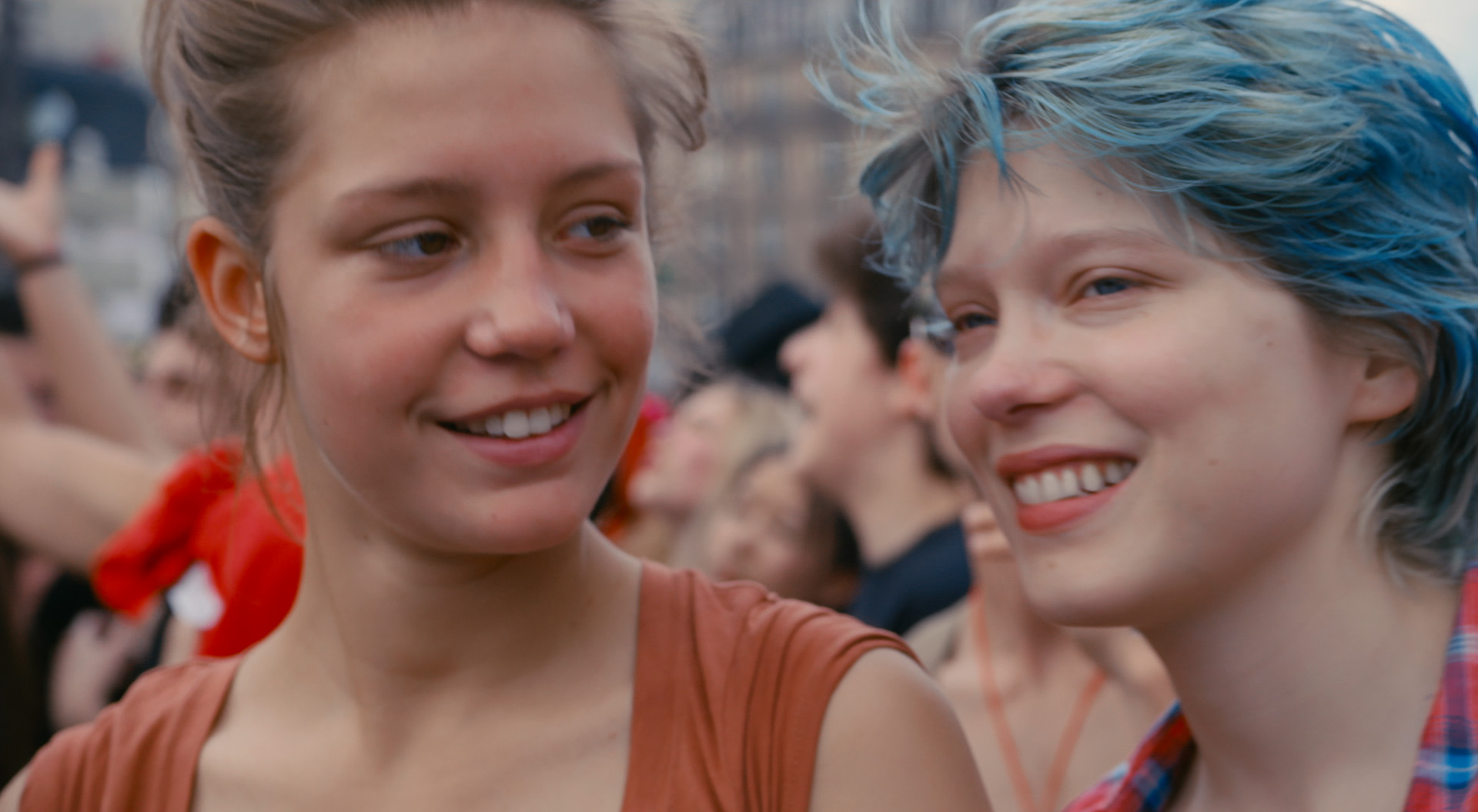
Possibly one of the most tender love stories ever put to screen, Abdellatif Kechiche’s Blue Is the Warmest Color is based on a graphic novel by French illustrator and writer Julie Maroh. It’s also a marked improvement on its source material: Kechiche stripped away the book’s mawkish melodrama to focus on the passionate—and heartbreaking—affair between a very young woman, Adele Exarchopoulos’ Adèle (she’s 15 when the story begins), and the slightly older Emma (Lèa Seydoux) who becomes her lover and partner. The film electrified audiences when it played at the Cannes Film Festival, though some found the sex scenes exploitive, and there were stories of strife between Kechiche and his actors on-set. But in the end, the picture speaks for itself, and Exarchopoulos, in particular, gives a shattering performance. Have a hankie nearby.
Danger: Diabolik (1968)

Mario Bava’s wonderful futuristic pop-art fantasy is based on a popular Italian comic-book character, masked master thief Diabolik. This elusive, debonair anti-hero, not quite a villain and not quite a good guy, was created by two sisters, Angela and Luciana Giussani, in 1962, after Angela took note of train commuters going to and from work and wondered if they might not like a scaled-down comic book that could be easily carried around. And so a suave scoundrel, one whose adventures could fit in your pocket, was born. A sleek, smooth John Philip Law plays Diabolik here. Sultry, saucy Marisa Mell is his sidekick, Eva Kant. Danger: Diabolik is sometimes treated as camp, but it’s a beautifully made picture, an object lesson in translating the energy and vitality of comics for the movie screen. Plus, you really do want to see Diabolik and Eva, wiped out from a hard day of thievery, rolling around naked on a revolving round bed heaped high with money. Now that’s living.
More Must-Reads from TIME
- Cybersecurity Experts Are Sounding the Alarm on DOGE
- Meet the 2025 Women of the Year
- The Harsh Truth About Disability Inclusion
- Why Do More Young Adults Have Cancer?
- Colman Domingo Leads With Radical Love
- How to Get Better at Doing Things Alone
- Michelle Zauner Stares Down the Darkness
Contact us at letters@time.com